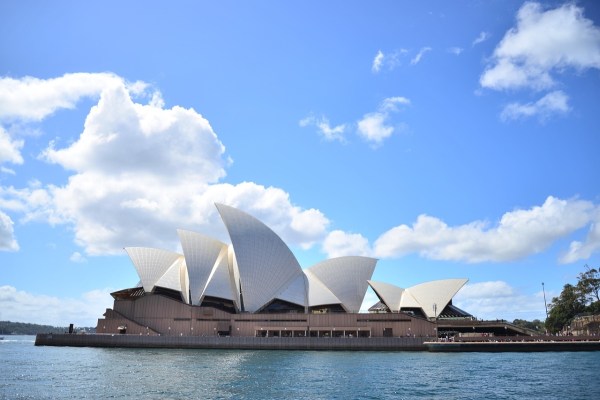Digital technologies have profoundly transformed society. They offer unprecedented opportunities and new challenges
The process of creating the Global Digital Compact was initiated by two fundamental acts. First, in the Political Declaration adopted on the occasion of the 75th anniversary of the United Nations. Secondly, in the report “Our common Agenda”, Secretary-General Antonio Guterres in 2021 set out a number of issues that should to be included such as: digital connectivity, avoiding fragmentation of the internet, responsible use of data, enforcing human rights online, and promoting a trustworthy internet by introducing accountability criteria for misleading or discriminatory content. Since then, a series of public consultations and multi-stakeholder participation mechanisms have been launched.
The publication of the zero draft provides a glimpse of what will be the final text of the Global Digital Compact. The work done by the co-facilitators in the drafting process should be highlighted, as it manages to synthesise different visions and experiences on the basis of the common purpose of promoting secure, reliable and accessible digitalisation for all. Thus, the countries designated as co-facilitators (Rwanda and Sweden), which have been leading the process and have been in charge of drafting this first draft, begin the final phase comprising the negotiation process between Member States. In this process that is beginning, there are some elements and clarifications that could contribute to a better understanding of the current situation of the digital transition, improving decision-making and allowing for greater efficiency in the commitments established.
The road to effective connectivity
From Telefónica’s perspective, according to the first chapter of the first chapter of the recently published Digital Inclusion position paper, to achieve full Digital Inclusion it is necessary to go from the coverage gap to the usage gap. Indeed, in recent years, telecommunications operators have managed to reduce the global coverage gap to just 5% of the world’s population. In other words, the majority of those identified by the GDC as being affected by the digital divide are people who are within the footprint of a mobile broadband network, which is currently the majority form of internet access, and who for various reasons do not connect. This is the usage gap. This is where the focus needs to be. The GDC should contribute to put in place the necessary mechanisms to improve affordability conditions, primarily of terminals, reduce the gender gap, improve digital skills, ensure digital trust and provide relevant content for all.
This is a reality that should be clearly reflected in the Global Digital Compact proposal. Without an accurate analysis of the state of digital inclusion, the proposals and commitments set out in the GDC would lose their effectiveness. It is necessary to move from the idea of achieving universal connectivity to the need to achieve meaningful connectivity.
The search for innovative financing mechanisms
We agree with the zero draft that closing the connectivity gap requires the search for “innovative financing mechanisms”. In this regard, it is worth noting the mandate of the United Nations Broadband Commission’s Working Group on “21st century financing and funding models for sustainable broadband development”, which has identified new approaches to broadband financing.
Recommendations included broadening the base of contributors to projects for both broadband deployment and adoption. The report also mentions the desirability of reforming the Universal Service and Access Fund or creating an international fund, an idea that is also reflected in the GDC proposal. This idea was taken into account in the International Chamber of Commerce’s White Paper on Connectivity, universal and effective.
Effective and inclusive Internet governance
On the other hand, with regard to global governance mechanisms, we consider it interesting to rethink the existence and usefulness of a multiplicity of forums. In any case, we agree on the need to underline the suitability of the multistakeholder processes involving governments, business, civil society and academia as the best way to address issues of global interest for the current development of the digital economy and the future of the Internet.
The Global Digital Compact is now entering the final phase towards its adoption. We follow this process with interest and optimism, aware of its transcendental nature and committed to contribute to the achievement of its purpose, which is to promote a digital future for all that ensures prosperity in an environment of trust based on effective connectivity.







